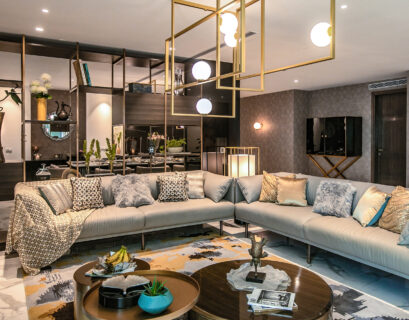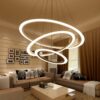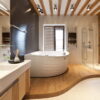Problem:
The living room is often the focal point of the home, the place where families gather, guests are entertained, and relaxation happens after a long day. But how many of us actually love our living rooms? More often than not, the space can feel cramped, uncomfortable, or just plain uninspiring. The problem arises when people design living rooms based on aesthetics alone, overlooking the need for functionality and adaptability.
Too often, we find ourselves facing common pitfalls: mismatched furniture, awkward layouts, or rooms that feel cluttered despite having plenty of storage. The focus on trends rather than practicality leads to rooms that look good in magazines but don’t work for everyday life. According to a survey from HomeGoods, 37% of homeowners feel dissatisfied with their living room layout, citing lack of comfort and inefficient use of space as their biggest concerns.
So, how do you create a living room that balances style and functionality?

Living room ideas
Agitate:
Picture this: you’ve invested in a sleek, modern sofa that looked amazing in the showroom. But when you bring it home, you realize it’s too large for your space, leaving little room to move around. The coffee table? Gorgeous but takes up half the floor space, making it hard to navigate the room. And now, despite all your efforts, your living room feels cramped and uncomfortable.
You’re not alone. Many homeowners fall into the trap of choosing furniture and decor that looks beautiful but doesn’t work with their space or lifestyle. A case study from Houzz found that 52% of homeowners who remodeled their living rooms focused on improving functionality, and these individuals reported significantly higher satisfaction with their space. On the flip side, those who focused solely on aesthetics often found themselves needing to make further adjustments or re-purchases down the road.
Think about it: a living room that looks great but doesn’t feel welcoming or practical is a space you’re less likely to use or enjoy. It’s frustrating to spend time and money only to end up with a room that doesn’t meet your needs.
Solution:
The good news is, creating a functional and stylish living room is possible—it just requires a little forethought and planning. Let’s break down some practical ideas to help you design a living room that works for your lifestyle, without sacrificing style.
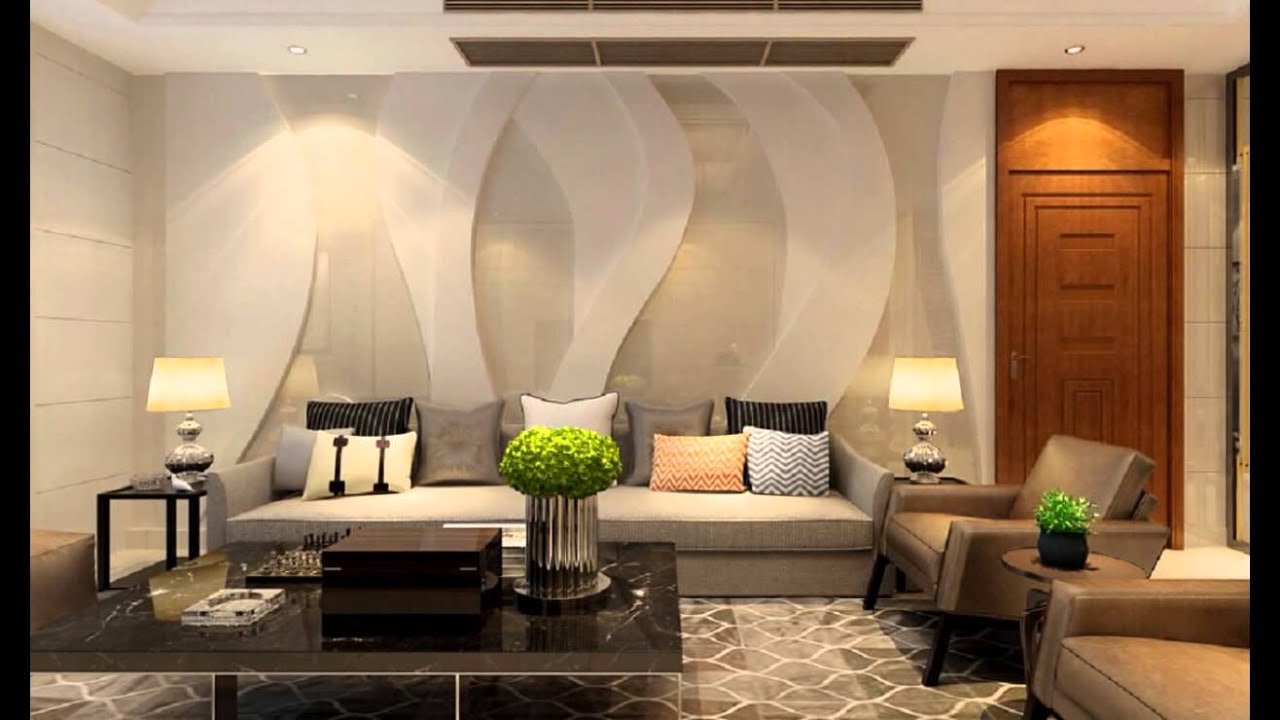
Living room ideas
1. Start with Your Needs
Before diving into colors, furniture, or decor, ask yourself how you want to use your living room. Do you host frequent movie nights with friends? Are you someone who enjoys reading in a cozy corner? Do you need space for kids to play?
Once you’ve identified the primary uses for your living room, it’s easier to design a layout that accommodates those needs. For example, if your living room is a multi-purpose space, opt for flexible furniture, like modular sofas or ottomans that double as storage. According to Apartment Therapy, multi-functional furniture not only maximizes space but also creates more adaptability for different activities.
2. Select Furniture That Fits Your Space
One of the most common mistakes homeowners make is choosing furniture that doesn’t fit the scale of their living room. Oversized couches, too many chairs, or bulky tables can make even a large space feel crowded. A simple rule to follow: measure your space before purchasing any major furniture pieces.
A case study from IKEA demonstrated how choosing furniture to scale can drastically improve the comfort and usability of a living room. In this case, a family who had initially purchased a large sectional sofa was advised to swap it for a smaller, modular option. The result? More floor space, improved traffic flow, and a more comfortable, inviting living room.
Additionally, think about the layout. Is your current setup working? If not, try rearranging furniture to open up pathways or improve the flow of conversation. For example, placing seating in a U-shape or L-shape encourages social interaction and helps define the space.
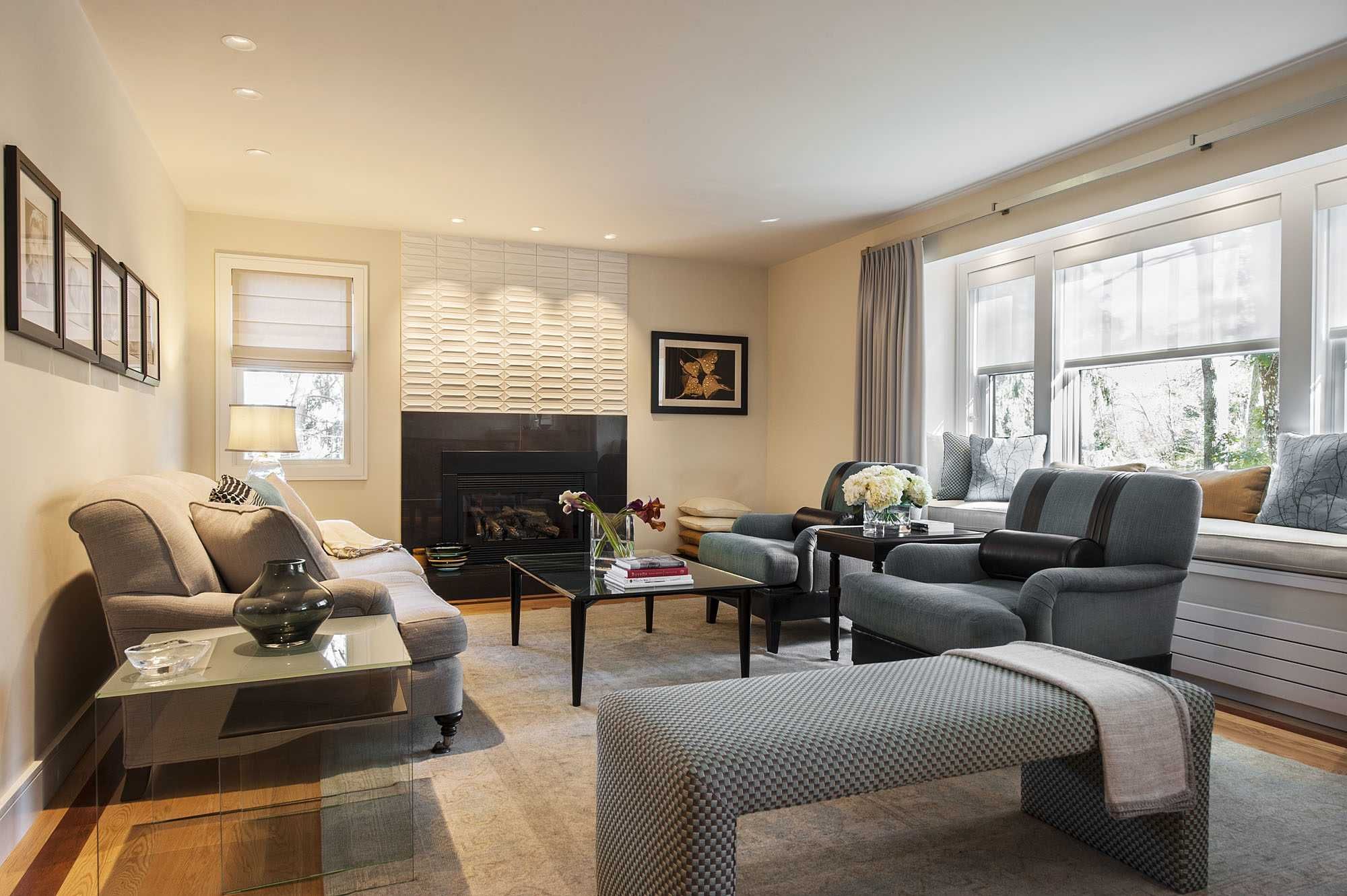
Living room ideas
3. Declutter and Organize with Style
Clutter is the enemy of a well-designed living room. But that doesn’t mean you have to sacrifice style for organization. Incorporate storage solutions that blend with your decor, such as built-in shelves, stylish baskets, or media units with hidden compartments. This allows you to keep the room tidy while maintaining a polished, cohesive look.
A Houzz study found that living rooms with ample storage—such as under-sofa drawers, coffee tables with storage, or bookshelves—were consistently rated as more functional and visually appealing by homeowners.The goal is to strike a balance between style and practicality.
4. Lighting Matters
Lighting is often overlooked, but it plays a huge role in how a living room feels and functions. According to Lighting Research Center, well-lit rooms promote a sense of comfort and can even affect mood and productivity. Start by ensuring there’s adequate overhead lighting, but don’t stop there. Layer in different types of lighting, such as floor lamps, table lamps, and even accent lighting, to create a warm and inviting atmosphere.
A real-world example: a small living room in New York City underwent a makeover where additional lighting was installed. The result? The room felt larger, brighter, and far more inviting without any major structural changes.
5. Add Personal Touches
Finally, don’t forget to inject some personality into your living room. Personal touches—like artwork, family photos, or travel souvenirs—can make a space feel unique and lived-in. One thing to note: don’t overdo it. A few carefully selected items can have a bigger impact than cluttering the room with too many knick-knacks.
A survey by Better Homes & Gardens found that homeowners who incorporated personal elements into their living rooms were 30% more likely to report satisfaction with the space compared to those who followed strict design trends.
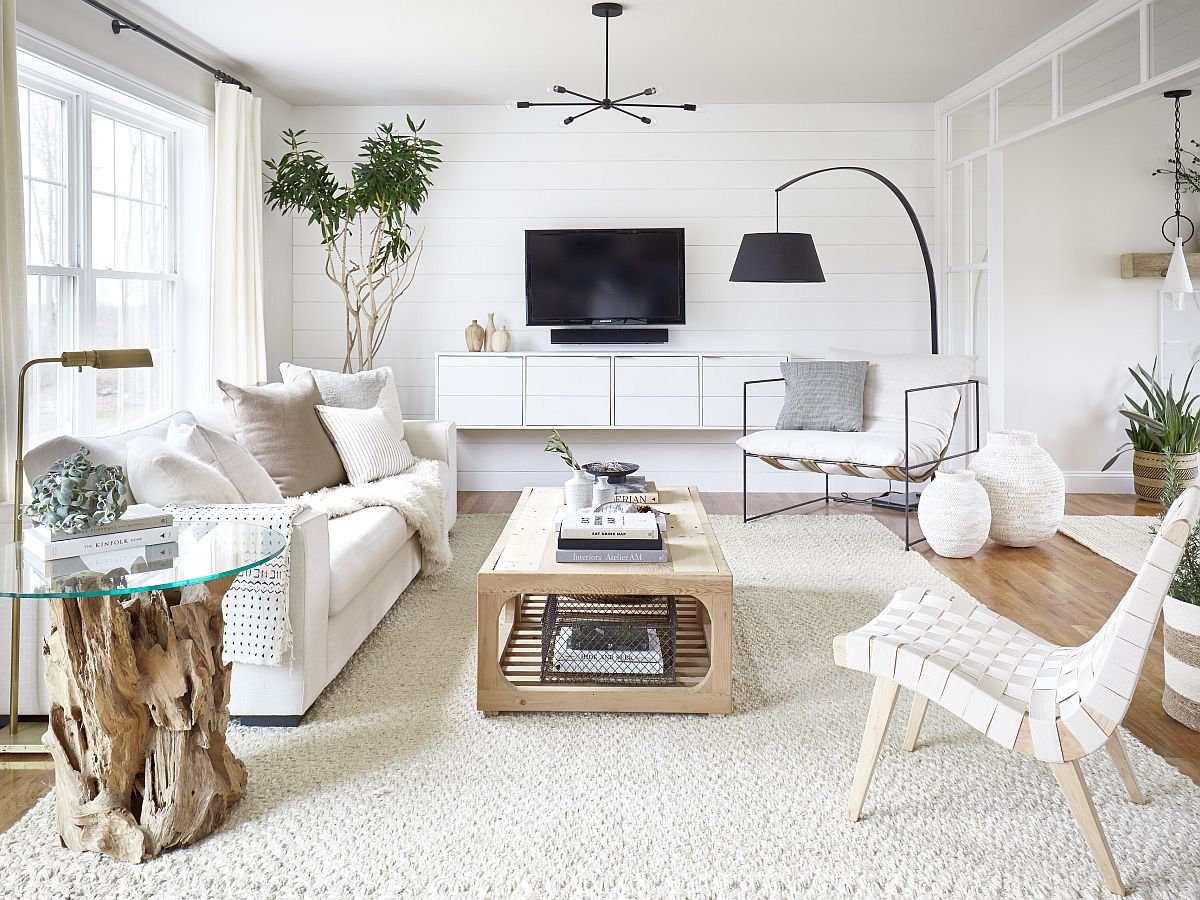
Living room ideas
Conclusion:
Designing a living room that’s both stylish and functional doesn’t have to be overwhelming. By focusing on your specific needs, choosing the right furniture, and organizing your space with purpose, you can create a room that feels comfortable and inviting. Remember, the key is balance—finding that sweet spot where form meets function.




